Search
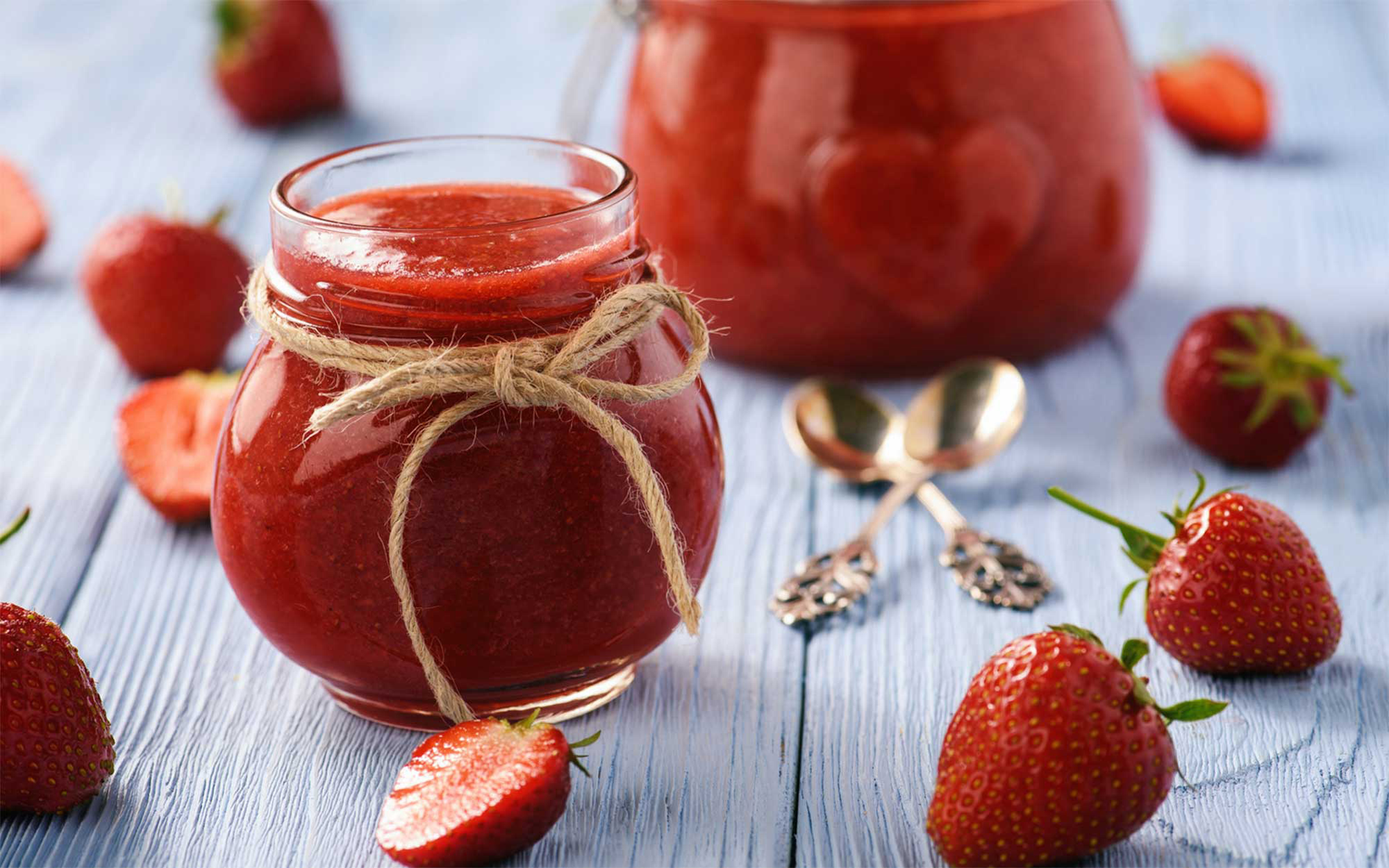
Freezer Berry Jam
Try this research-tested recipe for freezer berry jam courtesy of the National Center for Home Food Preservation.

Grape Jam
Try this research-tested recipe for grape jam courtesy of the National Center for Home Food Preservation.
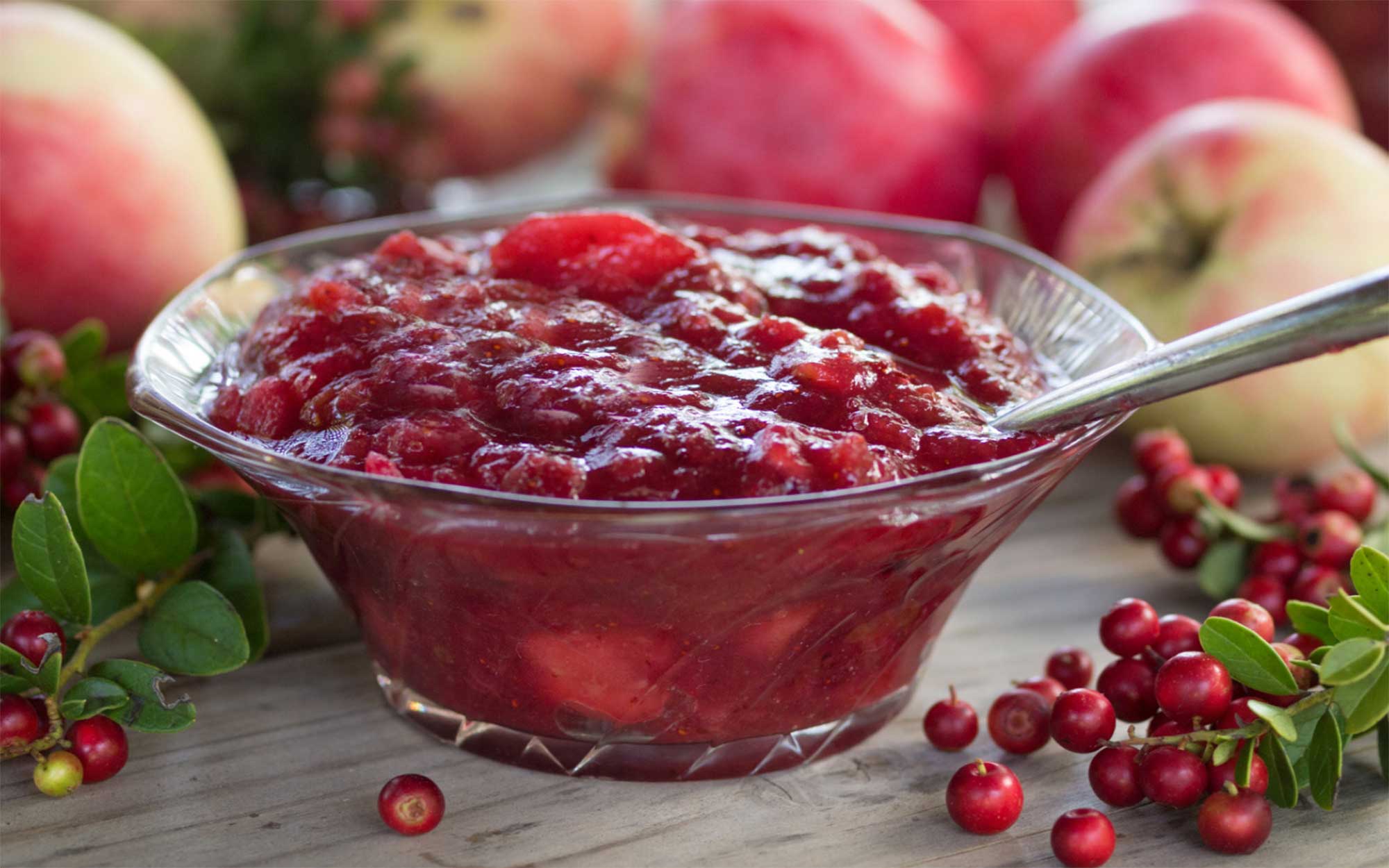
Mixed Fruit Jelly
Try this research-tested recipe for mixed fruit jelly courtesy of the National Center for Home Food Preservation.
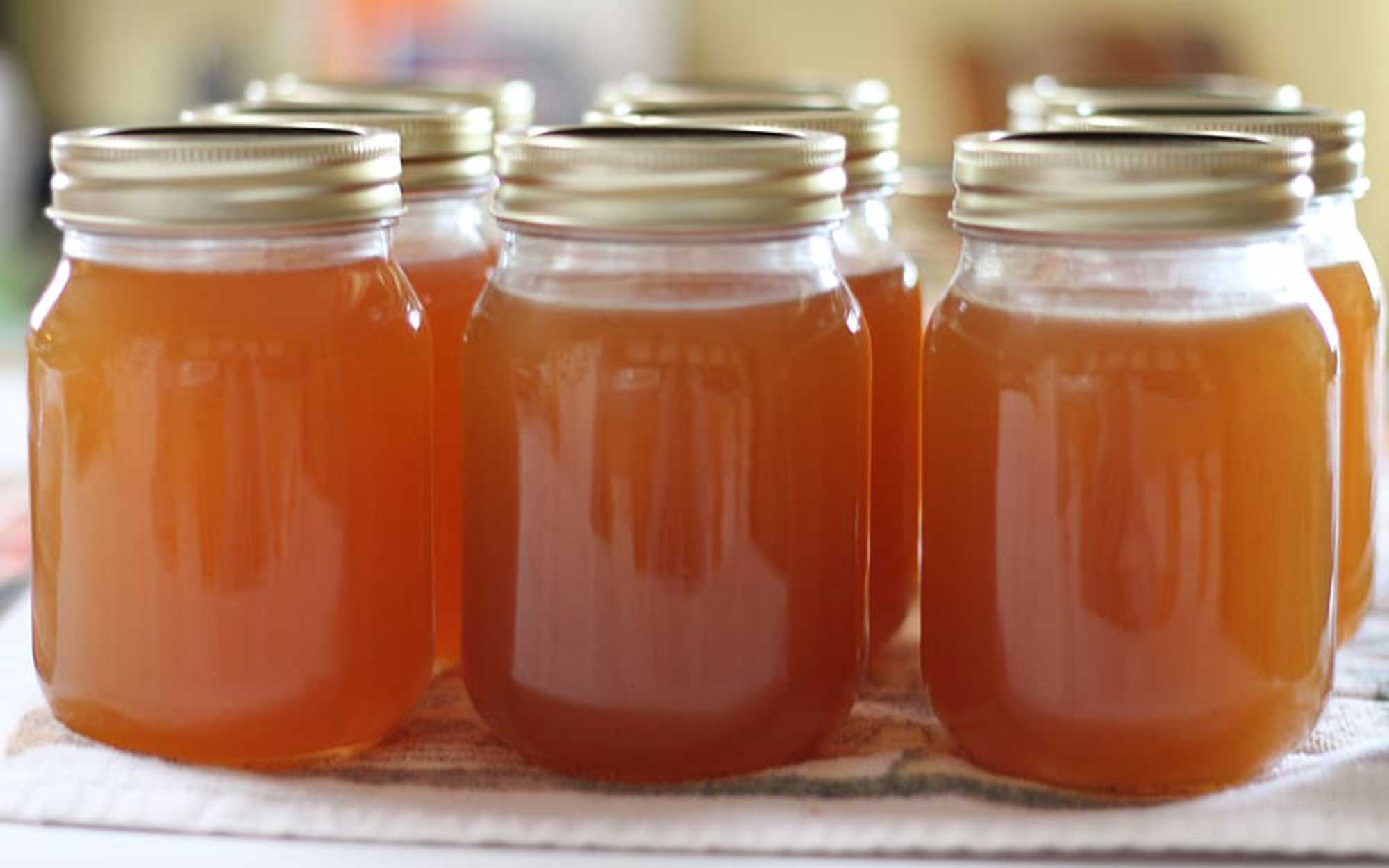
Reduced-Sugar Apple Jelly
Try this research-tested recipe for reduced-sugar apple jelly courtesy of the National Center for Home Food Preservation.
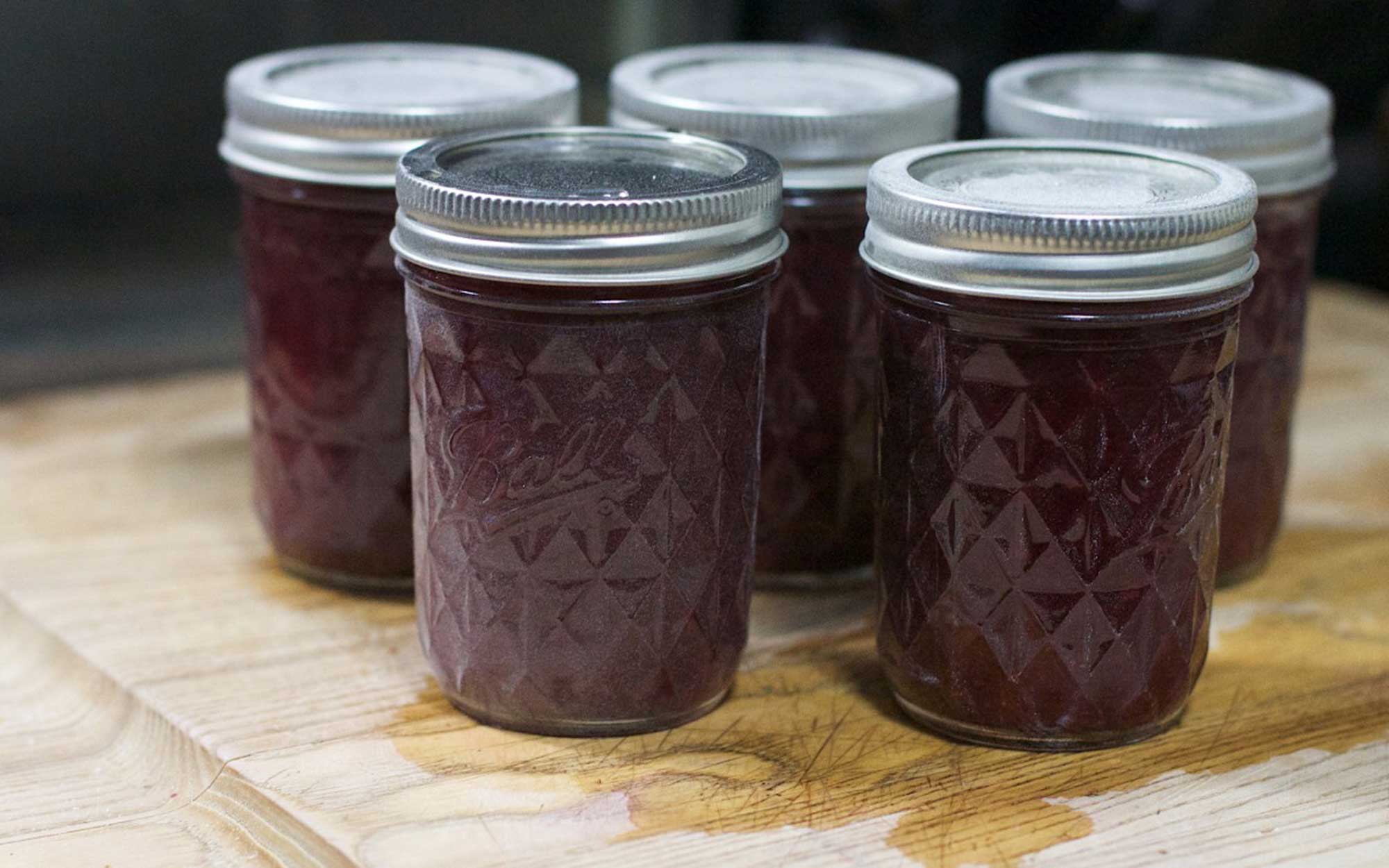
Reduced-Sugar Grape Jelly
Try this research-tested recipe for reduced-sugar grape jelly courtesy of the National Center for Home Food Preservation.
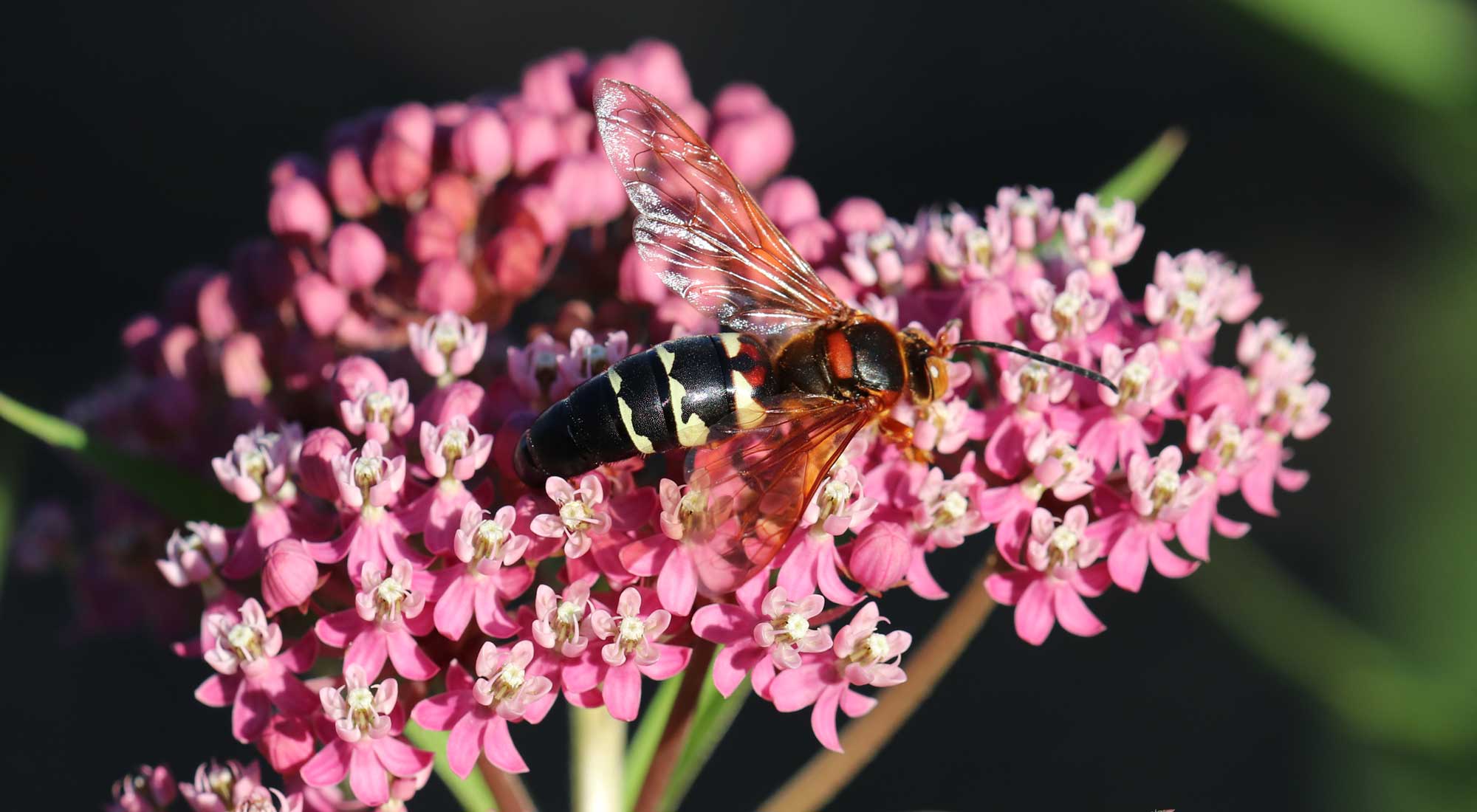
Giant Wasps Are Invading My Yard! No, They Still Aren’t Murder Hornets.
Every year we receive multiple reports of giant wasps that seem to invade yards and gardens. These wasps aren’t the same as the so-called "murder hornets," but are actually cicada killer wasps.

Soybean Gall Midge in South Dakota
Fact sheet about soybean gall midge in South Dakota
Aphanomyces Root Rot of Alfalfa
Fact sheet on Aphanomyces Root Rot of Alfalfa
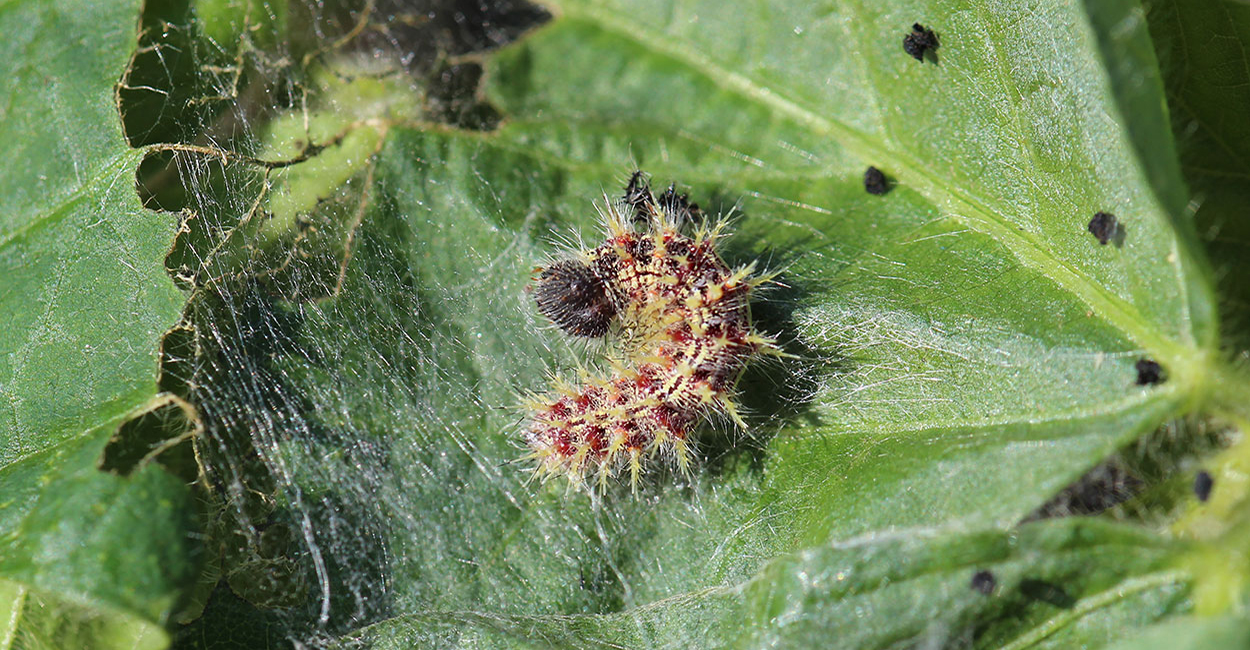
Thistle Caterpillars Observed on Canada Thistle
Although thistle caterpillars are normally first observed in July or August, it is possible for them to appear earlier if weather conditions are favorable. While these caterpillars are generally not present in high numbers, they can cause severe defoliation.
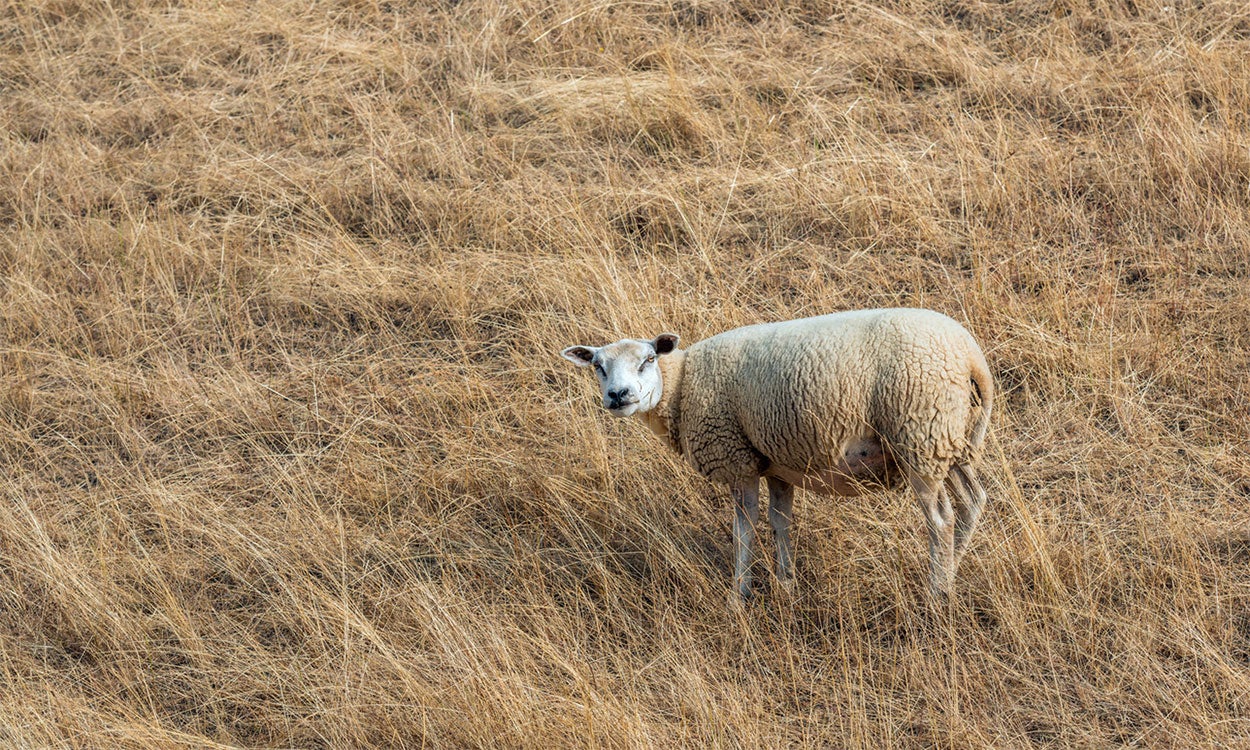
Drought Considerations for Grazing Range Flocks
Having a drought plan in place to best manage pastures is critical in being prepared for next year’s grazing season. Make decisions that will manage risk and promote both flock and financial longevity.